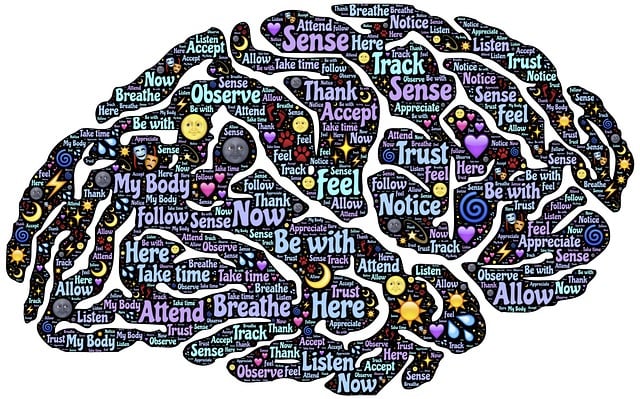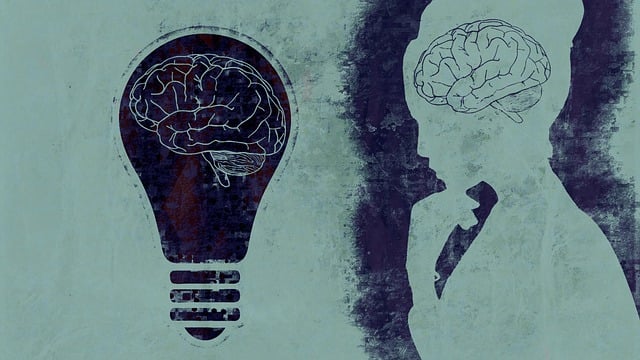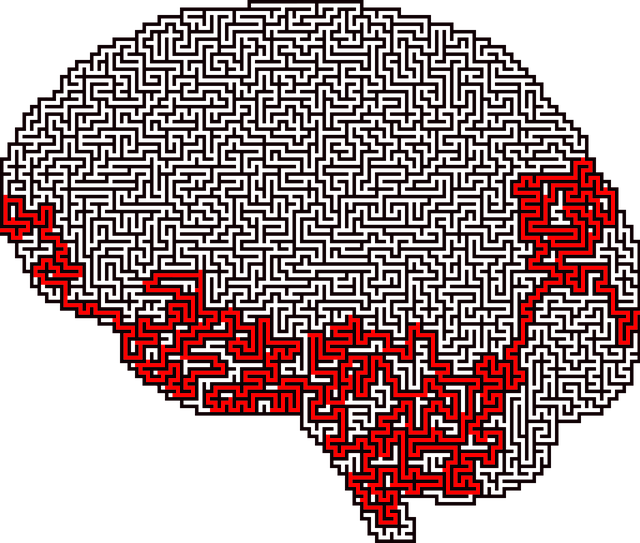Assessing local needs and setting clear goals is essential for designing effective mental health education programs, especially in areas like Castle Rock with high codependency issues. Program designers should evaluate mental health literacy, risk factors, and protective measures to tailor interventions. For instance, in Castle Rock, focusing on substance abuse and related issues, age groups, cultural backgrounds, and pre-existing conditions can help develop tailored content for depression prevention, emotional regulation, and emotional intelligence training. Setting measurable objectives ensures the program's success, with interactive workshops enhancing mental resilience. A comprehensive curriculum covering stress management, emotional intelligence, and evidence-based practices promotes long-lasting positive change through Castle Rock Codependency Therapy.
Mental health education programs play a pivotal role in fostering resilience and promoting well-being. This article guides you through designing an effective program, from assessing needs and setting goals to curriculum development, implementation strategies, and evaluation. We explore evidence-based practices, such as Castle Rock Codependency Therapy techniques, integrated into diverse teaching methods for impactful learning. By focusing on accessibility, community building, and data-driven refinements, your program can drive lasting positive changes in mental health outcomes.
- Assessing Needs and Goals: Laying the Foundation
- – Identifying target audience and their specific mental health concerns
- – Defining program objectives and learning outcomes
- Curriculum Development: Creating a Comprehensive Framework
Assessing Needs and Goals: Laying the Foundation

Assessing needs and setting goals is a crucial step in designing effective mental health education programs. This process involves understanding the unique challenges faced by individuals within a specific community or demographic. For instance, in areas like Castle Rock, where codependency therapy might be prevalent due to its high-stress environment, identifying these local needs is key. By evaluating existing mental health literacy, risk factors, and protective measures, program designers can tailor interventions that address pressing issues directly.
Defining clear goals is equally essential. Programs aimed at boosting confidence and providing social skills training should have measurable objectives. These might include increasing participants’ ability to recognize and manage stress, enhancing self-esteem, or fostering healthier interpersonal relationships. Such goal-setting ensures that the program stays focused and provides tangible benefits, ultimately contributing to improved mental well-being within the community.
– Identifying target audience and their specific mental health concerns

In designing a mental health education program, one of the critical initial steps is identifying the target audience and their unique mental health concerns. This process involves understanding the demographics, backgrounds, and specific psychological needs of the individuals or groups intended to benefit from the program. For instance, in areas like Castle Rock, Washington, where Codependency Therapy has shown effectiveness, the focus might be on communities heavily impacted by substance abuse and related mental health issues. By recognizing these target audiences, educators can tailor content to address prevalent concerns such as depression prevention, emotional regulation, and emotional intelligence.
When crafting a program for a diverse population, it’s essential to consider age groups, cultural backgrounds, and pre-existing conditions. For example, educational materials aimed at adolescents should differ significantly from those targeting adults, focusing on developing life skills and coping mechanisms appropriate for their developmental stage. Incorporating strategies for emotional intelligence can help participants manage stress, build resilience, and foster healthier relationships, thereby addressing underlying codependency issues effectively.
– Defining program objectives and learning outcomes

In designing a mental health education program, establishing clear objectives and learning outcomes is paramount to its success. These goals should be tailored to address specific challenges within the target population, such as those seeking Castle Rock Codependency Therapy. For instance, program objectives might include fostering emotional well-being promotion techniques and empathy building strategies among participants. By setting measurable learning outcomes, like enhancing individuals’ ability to manage stress through evidence-based practices, educators can effectively track progress and ensure the program meets its intended targets.
Furthermore, incorporating interactive Stress Management Workshops Organization within the curriculum encourages active engagement. These workshops can equip individuals with practical tools to navigate emotional hurdles, ultimately contributing to improved mental resilience. By aligning educational objectives with actionable learning outcomes, programs like Castle Rock Codependency Therapy can deliver transformative experiences that promote long-lasting positive change in participants’ emotional and psychological landscapes.
Curriculum Development: Creating a Comprehensive Framework

Curriculum development is a vital step in designing an effective mental health education program. The process involves creating a comprehensive framework that addresses various aspects of mental wellness, including prevention, intervention, and recovery strategies. A well-rounded curriculum should incorporate different teaching methods such as lectures, group discussions, case studies, and hands-on activities to cater to diverse learning styles.
When designing a mental health education program, it is essential to include topics like stress management, emotional intelligence, and coping mechanisms. Additionally, integrating evidence-based practices, such as Castle Rock Codependency Therapy, can empower individuals to develop inner strength and enhance their resilience. Moreover, risk assessment techniques for mental health professionals should be incorporated to ensure safe and effective practice. The curriculum should also touch on Mental Health Policy Analysis and Advocacy, fostering a deeper understanding of the systemic factors influencing mental wellness.
Mental health education programs, such as those inspired by Castle Rock Codependency Therapy, are powerful tools for fostering well-being. By first assessing the needs and goals of the target audience, and then designing a comprehensive curriculum that addresses specific mental health concerns, we can create effective and impactful learning experiences. This structured approach ensures that educational initiatives make a tangible difference in individuals’ lives, promoting better mental health outcomes.














